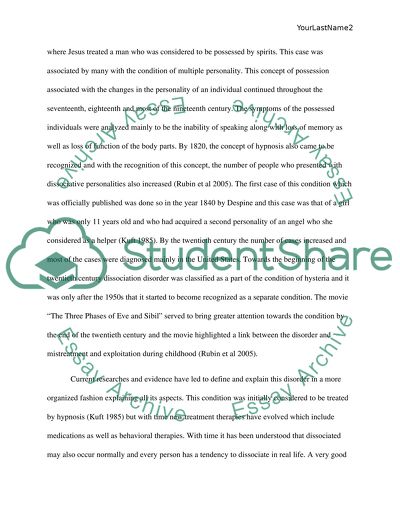Cite this document
(“Dissociative Identity Disorder and Stress Research Paper”, n.d.)
Retrieved from https://studentshare.org/psychology/1415492-dissociative-identity-disorder
Retrieved from https://studentshare.org/psychology/1415492-dissociative-identity-disorder
(Dissociative Identity Disorder and Stress Research Paper)
https://studentshare.org/psychology/1415492-dissociative-identity-disorder.
https://studentshare.org/psychology/1415492-dissociative-identity-disorder.
“Dissociative Identity Disorder and Stress Research Paper”, n.d. https://studentshare.org/psychology/1415492-dissociative-identity-disorder.


